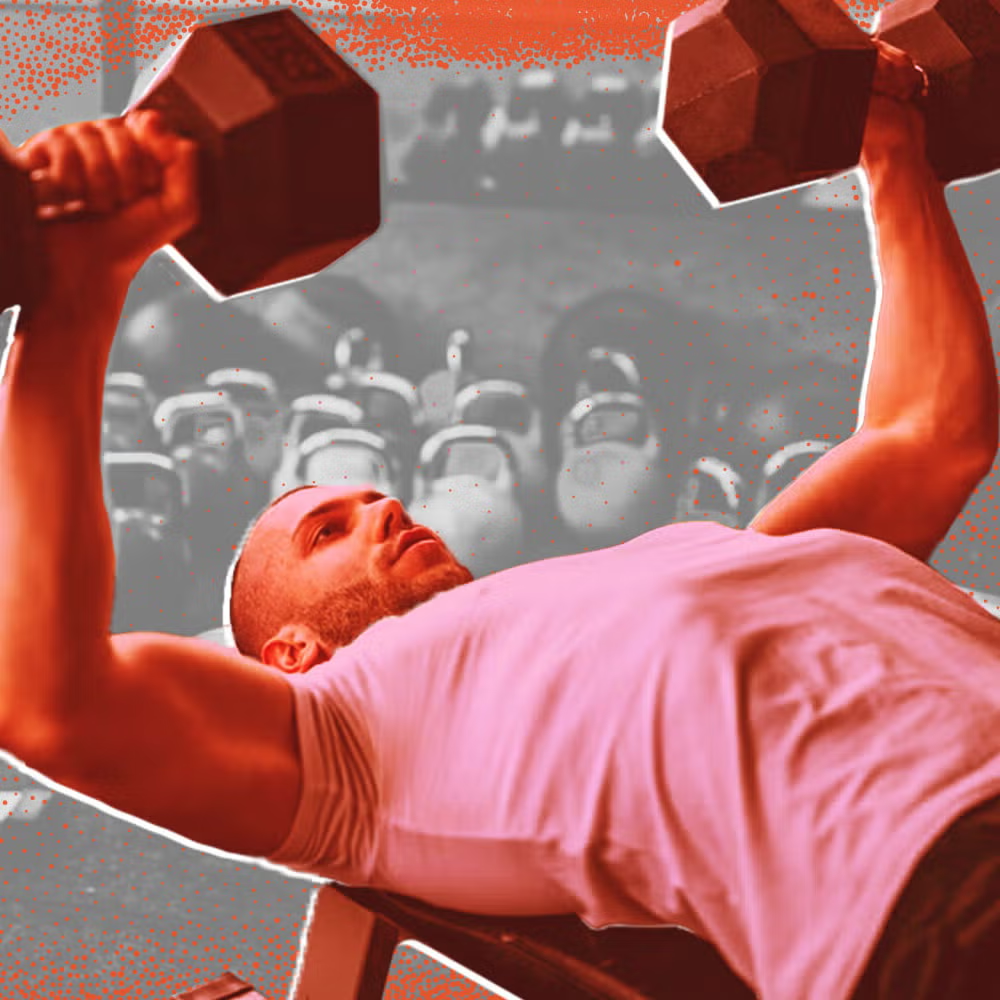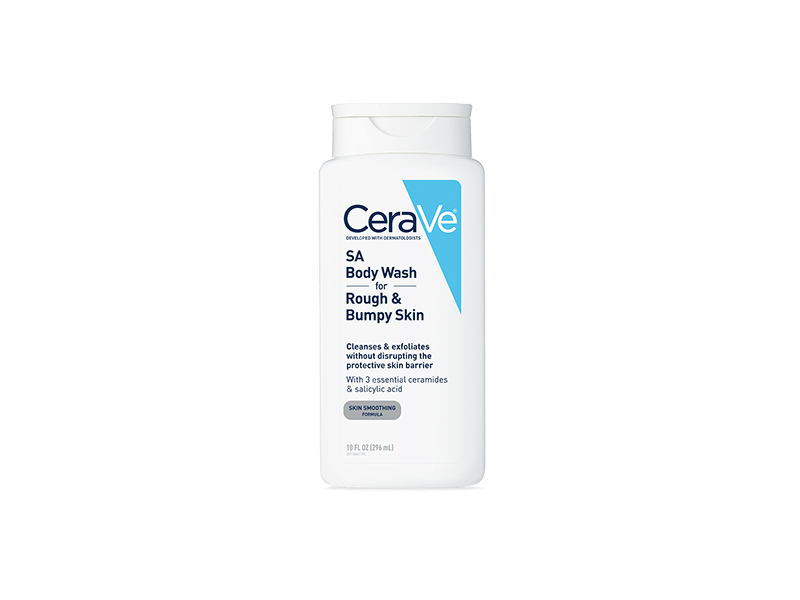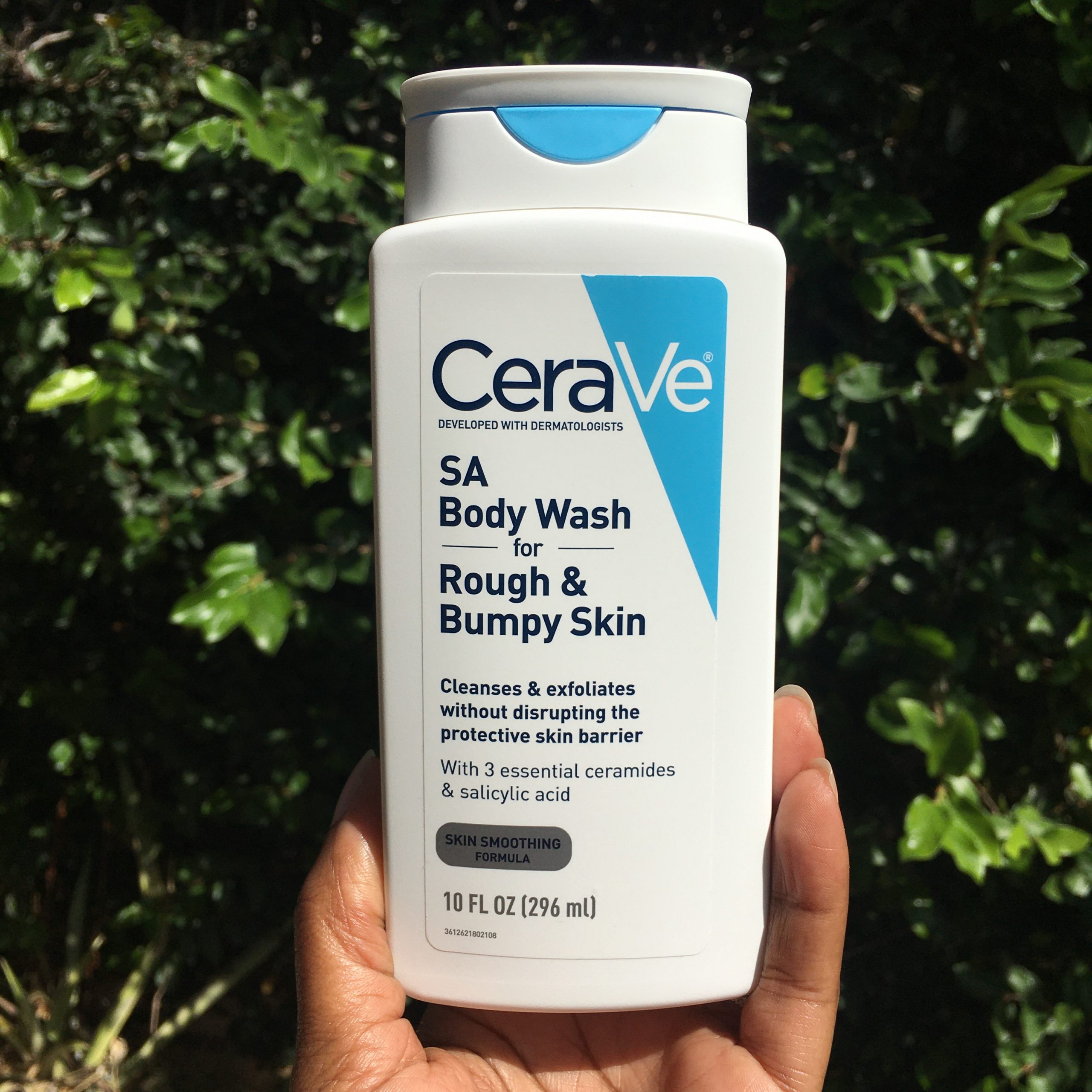Push Day Workout – The key to upper-body strength and beauty is a well-planned push day workout, regardless of your goals: a wider chest, more defined shoulders, or stronger triceps.
Push day is all about movements that engage your triceps, shoulders, and chest by pushing weights away from your body.
In addition to offering a comprehensive push workout regimen and advice on how to optimize your gains while avoiding injuries, this article will explain the advantages of push day training.
What Is a Push Day Workout?
The well-known Push-Pull-Legs (PPL) training split, which divides your training days according to movement patterns, includes a push day. You work on all the muscles used in pushing motions on push days:
- Pectorals of the chest
- Shoulders (deltoids, medial and anterior)
- The back of the arms, or triceps
These muscles are good for strength and hypertrophy since they frequently cooperate in compound movements like overhead and bench presses.
Advantages of a Push Day Schedule
- Effective Training Framework
Grouping push muscles together results in better recovery and fewer muscle group overlaps throughout the week. Two days in a row of aching muscles prevent you from training.
- Size & Strength Collaboration
Compound lifts, or exercises that target multiple muscular groups, are a staple of push training. This effectively increases muscular mass and strength.
- Adaptable to Any Objective
By changing the repetitions, weight, and rest periods, you may customize push workouts to achieve your goals of toning up, building muscle, or becoming stronger.
- Better Stability of the Shoulders
To lower your chance of injury, a proper push regimen includes workouts that strengthen the shoulder’s stabilizing muscles.
An Overview of Push Day Muscle Groups
- The main muscles you’ll be using are broken down as follows:
- Key Exercises for Muscle Group: Main Function
- Horizontal thrusting of the chestShoulder presses, push-ups, and bench pressesAbduction of the arms and pushing. The Lateral Raise and Shoulder Press
- Triceps Skullcrushers, Triceps Pushdowns, and Elbow Extension Dips
The Ultimate Push Day Workout Routine
This workout includes a mix of compound and isolation exercises to target all your push muscles with precision.
- Warm-Up (5–10 minutes)
- Start with dynamic movements to activate your upper body:
- Arm circles
- Band pull-aparts
- Push-ups (2 x 10)
- Light dumbbell shoulder presses
Push Day Workout Plan
- Barbell Bench Press – 4 sets x 6–8 reps
Primary muscle: Chest
The king of all pushing movements. Focus on progressive overload.
Form tip: Keep your feet planted and lower the bar to mid-chest with control.
- Overhead Shoulder Press – 4 sets x 8–10 reps
Primary muscle: Shoulders
This move targets your delts and challenges your core stability.
Form tip: Avoid flaring elbows too wide; press in a slightly forward arc.
- Incline Dumbbell Press – 3 sets x 10 reps
Primary muscle: Upper chest
A great secondary compound lift to round out chest development.
Form tip: Use a 30–45° bench angle to maximize upper pec engagement.
- Dumbbell Lateral Raise – 3 sets x 12–15 reps
Primary muscle: Lateral delts
Builds shoulder width and improves symmetry.
Form tip: Lead with your elbows and avoid swinging the weights.
- Triceps Dips – 3 sets x 10–12 reps
Primary muscle: Triceps
A powerful bodyweight move for arm development.
Form tip: Keep elbows tucked and go deep for maximum tricep stretch.
- Cable Triceps Pushdowns – 3 sets x 12–15 reps
Primary muscle: Triceps
Perfect for isolating and pumping the triceps after heavy compounds.
Form tip: Keep your upper arms stationary and push only with your forearms.
- Machine Chest Press or Pec Deck – 3 sets x 15 reps
Primary muscle: Chest
Great as a finisher to flush the chest muscles with blood.
Form tip: Focus on the squeeze and full range of motion.
Cool Down & Stretching (5–10 minutes)
Don’t skip your post-workout mobility work:
Chest stretches (doorway or wall)
Shoulder dislocates with a band
Triceps stretch overhead
Foam roll upper back and delts
Push Day Tips for Maximum Results
Progressive Overload: To make sure you’re improving, gradually increase the weight, reps, or form.
Mind-Muscle Connection: Pay attention to how the target muscles contract with each repetition.
Use Appropriate Rest Times: Take a 30- to 45-second break between isolation moves and a 60- to 90-second break between hard compound sets.
Train Wisely, Not Just Hard: To prevent injuries, warm up appropriately and refrain from ego lifting.
Tips for Eating to Support Push Days
It takes the right fuel to push heavy objects.
Eat protein and carbohydrates one to two hours before working out. For instance, chicken with sweet potatoes or porridge with protein powder.
Within an hour after working out, give priority to protein and quick carbohydrates. A banana and whey smoothie is a good combination.
Hydration: Muscles that aren’t properly hydrated operate poorly. Try to drink three liters or more of water each day.
Sample Weekly Split with Push Day
If you’re using a push-pull-legs structure, here’s how you can organize your week:
Day Workout
Monday Push
Tuesday Pull
Wednesday Legs
Thursday Rest or Active Recovery
Friday Push
Saturday Pull
Sunday Legs or Full Body
This allows you to hit each muscle group twice a week—ideal for hypertrophy.
Common Push Day Mistakes to Avoid
Neglecting Warm-Up Sets: Jumping straight into heavy presses is a recipe for injury.
Overtraining Shoulders: Shoulders already work during chest presses—don’t overdo them.
Poor Elbow Positioning: Keep elbows at a 45° angle on presses to protect your joints.
Ignoring Recovery: Push days are taxing. Get enough sleep and recovery between sessions.
Final Thoughts: Make Push Day Workout Count
A structured push day workout helps you build a powerful chest, strong shoulders, and defined triceps. By combining compound movements with strategic isolation exercises and focusing on form and progression, you’ll see steady gains in size and strength.
Don’t forget—consistency is key. Show up, lift smart, and recover well, and your push days will pay off big time.








